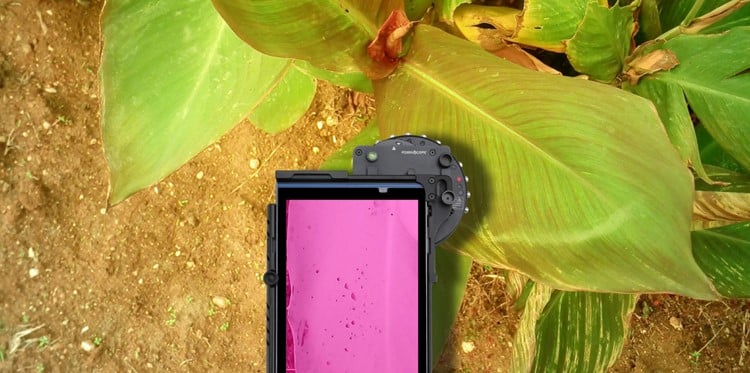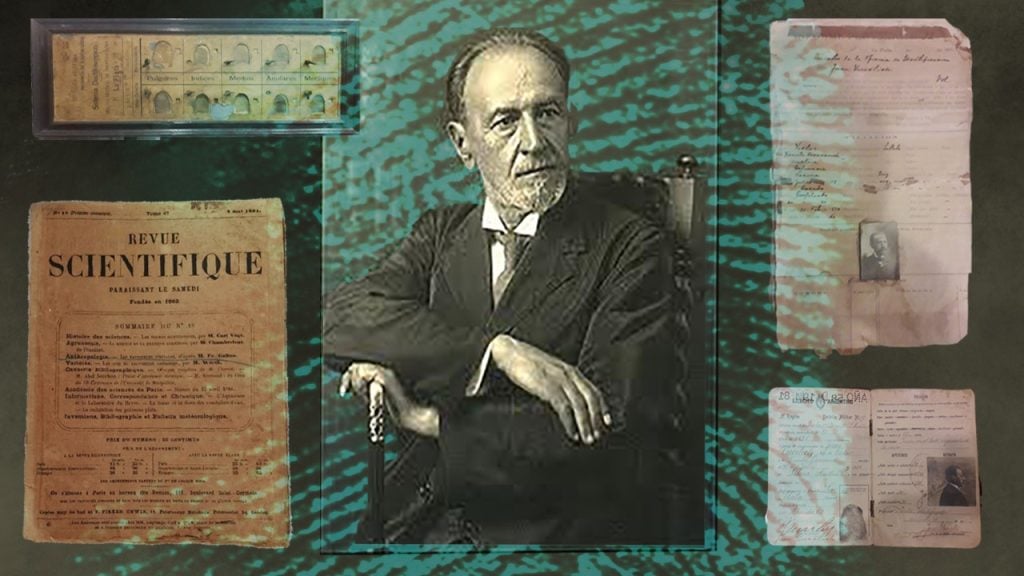
Bloodstain Pattern Analysis
Blood, bloodstains, and bloodstain patterns are undeniably the most common body fluids of interest in a crime scene. Composed of water, red blood cells, white blood cells, glucose, proteins, hormones and metabolites, it is one of the most important sources of information about the crime that is being investigated.
In this article, we are going to talk about bloodstain patterns and analysis of these patterns.
Blood is a fluid that has specific physical and mechanical characteristics that are different when inside and outside of vessels and its viscosity, surface tension and density can vary related to the condition of the victim or perpetrator such as age, gender, diseases and medications used or can also vary by the age of blood since it came out of a body.
A trained blood pattern analyst can examine the bloodstains left at a crime scene to understand how the blood was shed by searching for splatter patterns, voids, transfers, mist patterns and blood pools, etc. they combine information from biological properties of blood, physics and mathematics to form opinions on what happened and what not happened.

To explain how the patterns are investigated we must understand what it is.
Blood is actually an organ, which is in a fluid form, it is composed of a liquid part and a solid part mixed together, the fluid part is basically composed of plasma and serum and the solid part is composed of proteins, red blood cells, platelets, white blood cells and minerals. Because of its physiologic properties, outside of the body, blood does not stay in its fluid form for a long time and becomes more solid by the time passes (coagulation/clot formation) unless there is a condition of hemophilia or usage of anticoagulants or blood thinners. The flow of blood differs by the type of the wound, it can drip, spray, flow, or ooze and other than the body, blood can drop or splatter from the weapons that were used.
Understanding the Stains
We classify bloodstains into three main categories;
- Passive Stains: These occur with indirect forces such as gravity acting on the injured body. These can be drops, flows and pools
- Transfer Stains: These occur by objects or surroundings coming into contact with the blood. These can be drag marks, cloth patterns, shoe/footprints, handprints, fingerprints, wipes and swipes.
- Projected/Impact stains: These occur by the blood that travelled in the air. Impact stains occur by when a force is applied to the source of blood and Projected stains occur by the respiratory system, arterial blood vessels or the weapons that caused the injury. These can be splatters, sprays, mists and spurts.
Observing projected stains can give us information about the type of weapon used, if an artery was cut or if the respiratory system/internal organs were affected.

Arterial Sprays: Arteries carry the blood which is directly pumped by the heart while veins carry the blood from the periphery (organs, muscles, tissues, etc.) because of these properties we can understand if the injury occurred to the artery or vein by examining the patterns, injuries to veins and tissues give more like an oozing, pooling or drop patterns arterial injuries cause spraying or spurting with a large arc, the blood is propelled out of the injured artery with the pumping of the heart causing large individual stains with a new pattern caused by each pump of the heart since these kinds of patterns occur with the pulse of the blood we can understand if the heart stopped before the injury or not, or if the body was moved to another location or if the crime scene was cleaned.
Expired splatter: Usually formed by respiratory injuries or internal injuries that the blood gets mixed with the air in the lungs and expelled through the mouth, nose or in some rare cases ears. Expired splatters can cause bubble rings, or mist patterns because of the pressure of the lungs.
Gunshot Splatters: Gunshots can create many different types of evidence depending on the distance, injured part of the body, the caliber of the weapon and the type of the weapon and ammunition used. Gunshot splatters have both forward and backward splatters, forward splatters occur by the exit wound and backward splatters occur by the entrance wound. The splatters are very dependent on the caliber of the weapon used, the forward splatters (exit wound) are mostly in a form of fine mist while the backward splatters (entrance wound) are larger and with fewer drops.
Cast-off splatters: Cast-off splatters occur by when the weapon or the object used in the crime was swung in an arc when the perpetrator swings the weapon before inflicting another damage. These can give the blood pattern analysts much information about the type of weapon used or If it was used multiple times. Analyzing these arcs formed by the swings can give information about the number of blows (by counting the arcs) or the direction of blow (by the pattern, tail of the pattern point in the direction of the blow).
In bloodshed events such as stabbing, hitting, beating (with an object or extremities) and gunshots, different types of patterns occur,
In stabbings: Because the object has a smaller surface area, the cast-off patterns and droplets are more linear and smaller because less blood is deposited on the object.
In blunt force injuries such as beatings and hitting: The objects have a wider surface are thus more blood will be deposited on the object resulting in varying sizes of droplets.
In gunshot injuries: The splatters will be mist-like caused by entering and exiting of the bullets.
Each different type of droplets are examined in the crime scene because these can give important information, if the droplets fell at a 90-degree angle, the bloodstains will be more circular, if the drops fell with different angles they will have spines and tails and can be more elliptical instead of circular. At very low angles there can be satellite stains that are broken off with the impact and cause exclamation mark-shaped satellite bloodstains around the main elliptical bloodstain. Measuring the width and length of these droplet stains can give us information about the angle of the impact and can reveal actions that may have been taken during the crime. Other than the existing bloodstain patterns, non-existent patterns are in upmost importance, these are called void patterns.
Void Patterns: These patterns occur if there is an object or person in the route of the projected blood, these patterns will give the investigators very important information regarding missing objects if a person/people in the crime scene and if the body was moved. If the object was found later on it can be put back in the crime scene because it will have a matching pattern with the existing patterns.
The bloodstains formed at the crime scene can be invisible to the naked eye (Latent bloodstains). At this point a good, practical and easy-to-use Multispectral device can help in a tremendous manner, other than multispectral devices, certain chemicals can be used to reveal bloodstains in a crime scene. Luminol is a chemical mostly used in crime scenes to reveal latent bloodstains as a bright blue luminescent glow by reacting with the iron in the blood, but it can be damaging to the valuable surrounding evidence, such as proteins, enzymes and genetic markers that can be used in the investigation.

The photo above is taken by using luminol which is destructive to surrounding valuable evidence the photos below are taken with the ForenScope Multispectral Tablet without using any chemicals.








